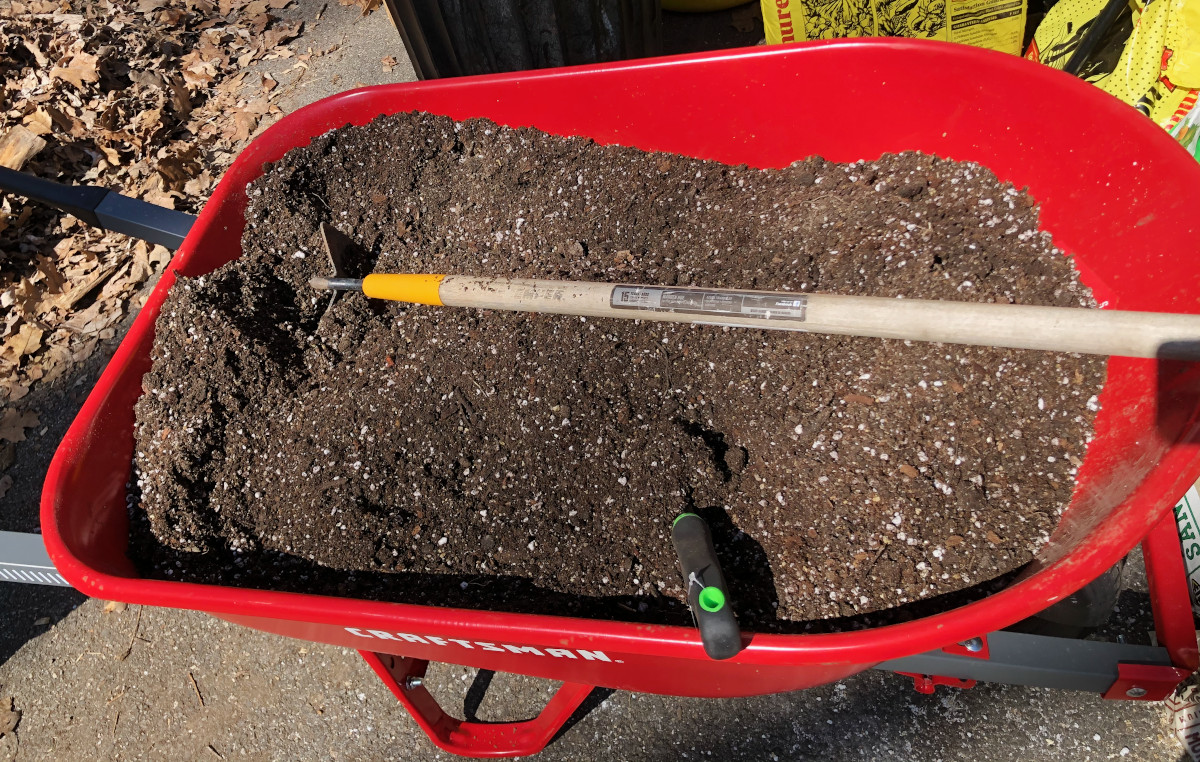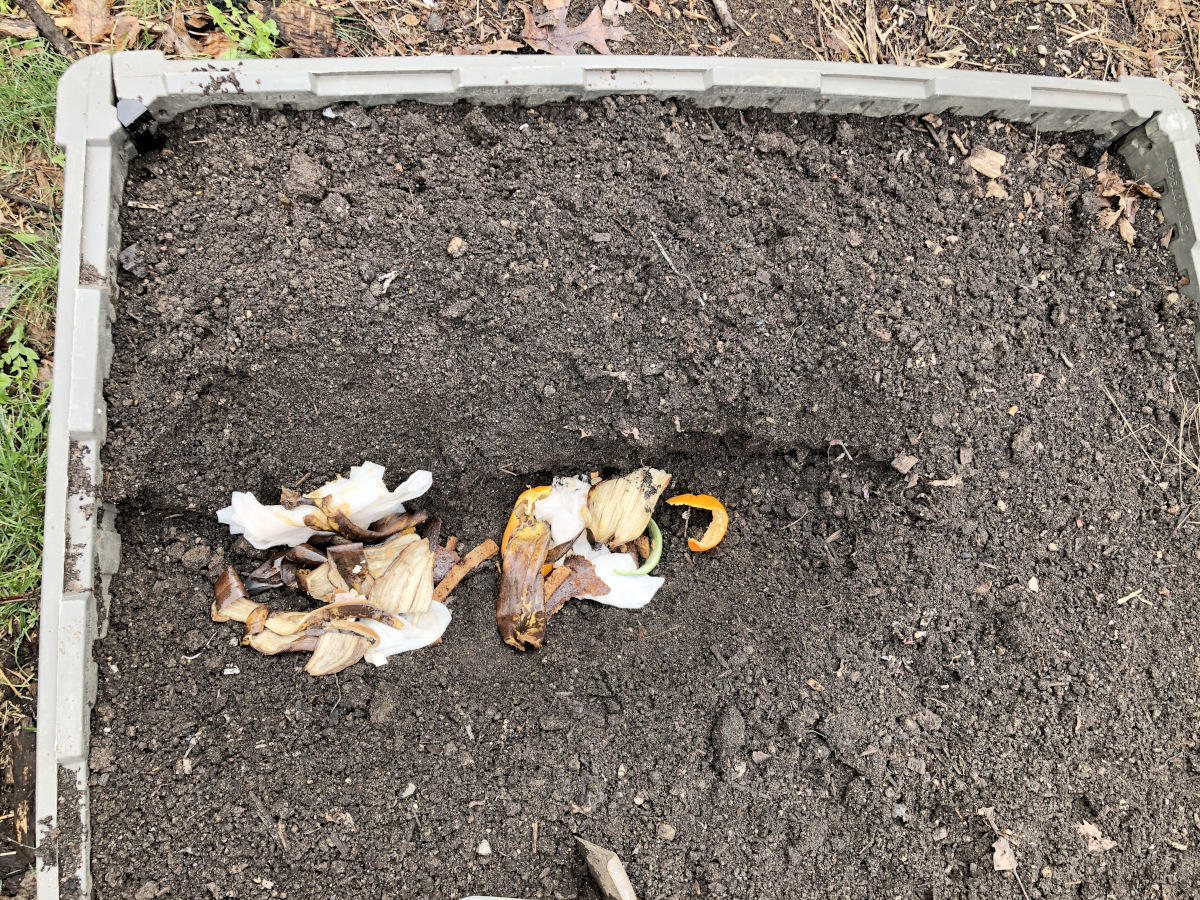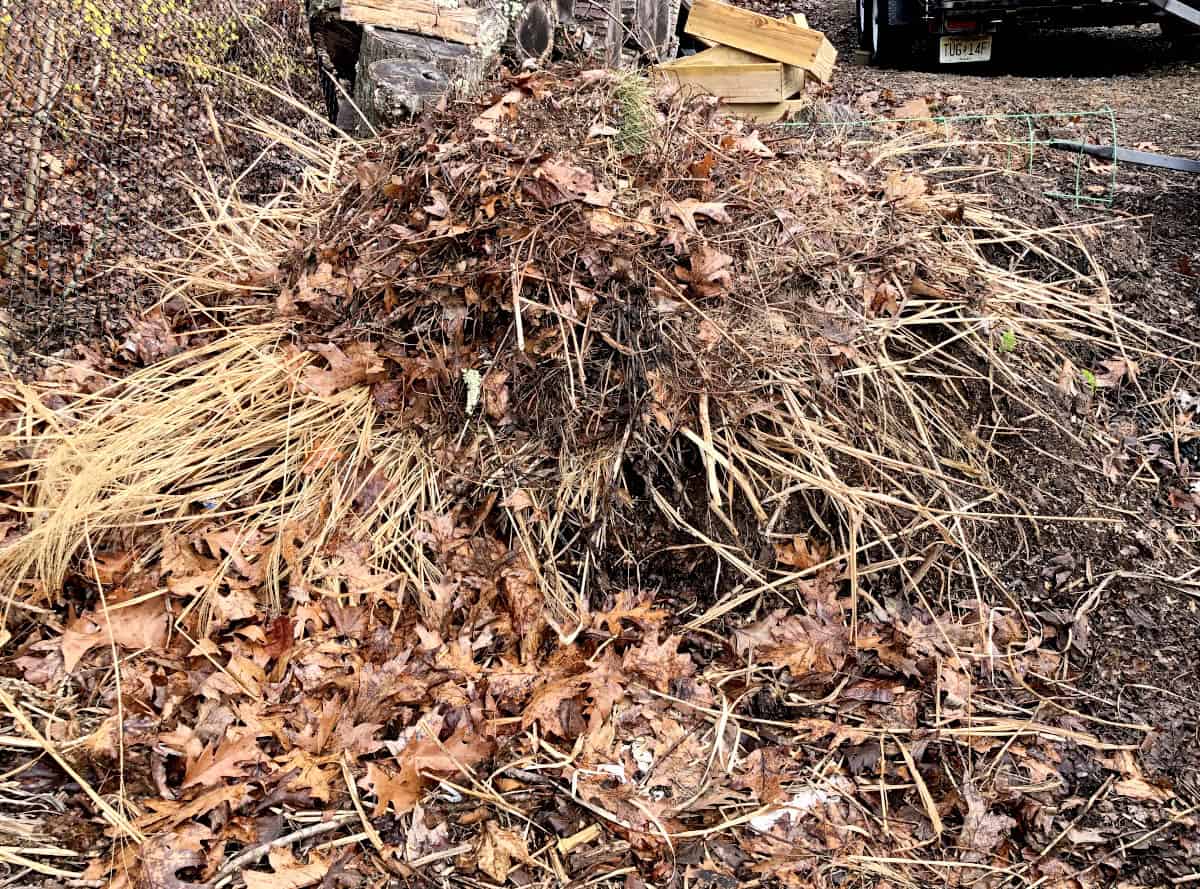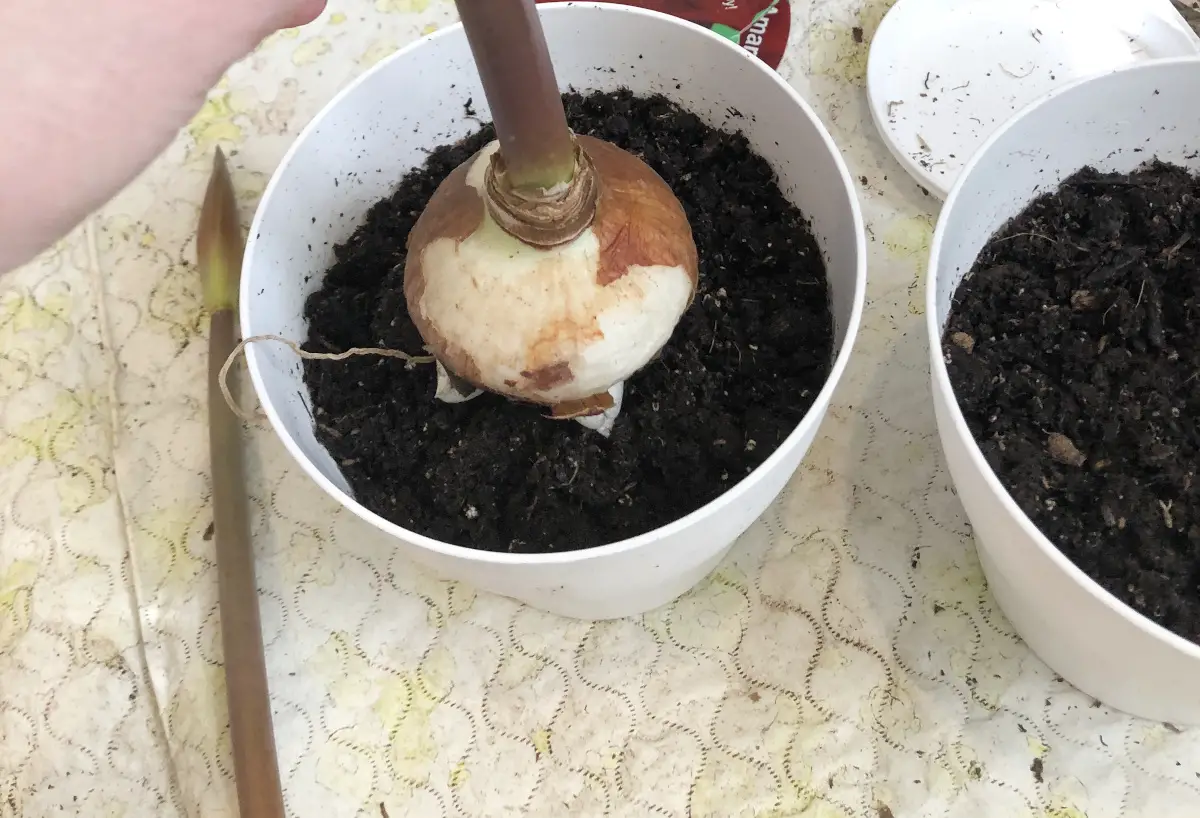What to do with old soil? Should you throw it out or should you keep it? If keeping it, what for? Let us take a look at some of the options there are regarding what to do with old soil.
Yes, old soil can be used again, if it does not carry any disease, mold, or harmful fungi. The old soil needs to be rejuvenated before being used again. Rejuvenate old soil with organic ingredients including compost, worm castings, fertilizer, and aged manure. Inorganic amendments can be mixed in to improve soil structure, water retention, and drainage.

After a growing season, the soil is depleted of nutrients and needs to be refreshed. It can be used again for the next growing season, but it needs a little bit of help. The nutrients must be added by mixing the old spent soil with nutrient-rich organic matter like aged manure, worm castings, fertilizer, and compost. If the old soil loses its structure as well, inorganic matter can also be added to restore the soil’s structure. Inorganic matter such as perlite, sand, and vermiculite, can be mixed together with the soil to improve its structure, water retention, and drainage.
I use the winter season to refresh and boost soil in all my garden beds, whether it is a raised bed or an in-ground bed. I use the season starting from late autumn till spring to trench compost in all my garden beds. I simply dig a hole, or a trench in the garden bed and bury kitchen scraps. I fill the whole burying the scraps. As these decompose, they turn into organic matter that feeds the soil life.

I also amend the soil with compost, leaf mould, worm castings, and aged manure, depending on what I have on hand.
To amend my soil as much as possible, I harvest my crops by twisting and then pulling the plants or harvesting them by cutting the stem right above the soil level to leave most of the roots in the soil to decompose.
How do you rejuvenate old soil?
Rejuvenate old soil by pulling out any dead plants and old roots, weeds, and other garden debris. Till the soil and break up any large clumps. Amend the soil with nutrients by adding organic matter like worm casting, compost, fertilizer, aged manure, or leaf mould according to the manufacturer’s recommendations. To revive the structure of the soil, water retention, or water absorption, use inorganic matter like perlite, vermiculture, sand, or rock dust to also add trace minerals.
Does bagged potting soil go bad?
Yes, bagged potting soil can go bad. Opened bags of new potting soil usually retains the quality of the soil for between 6-12 months. After that, the quality of the soil is downgraded and needs to be rejuvenated. Unopened bags of soil retain the quality anywhere between 1-2 years.
What can you do with old potting soil?
Old potting soil can be reused again for potting plants after it is refreshed with organic matter. If you do not wish to use it again, old potting soil can be added to the compost pile, added to the garden beds, or sprinkle on the lawn. It can also be used to fill raised beds as the starter filler.
Should I throw away old potting soil?
Old potting soil can be kept and revitalized. Once refreshed, the soil can be used again in pots or garden beds. If desired, the old soil can serve as filler to fill patches in lawns, fill up holes in the ground, to level the ground level. Old soil can be added to the compost pile or spread thinly in the garden or lawn. The old soil should be thrown away or sterilized if the soil carried any sign of disease, mold, or harmful fungi.
I never throw away any soil that did not carry any disease. I only throw away soil which had diseased plants in it. I always keep the soil and reuse it. The soil from my potted plants with lots of roots I usually add into the compost pile where the roots will decompose.

How do you know if the soil is bad?
Bad soil has no nutrients in it and will not produce any fruit, will only produce weak plants if any. Bad soil might have an unhealthy structure such as being very crumbly, or hard to break apart. Bad soil either will not retain water well or will drain water too fast while not retaining much of the moisture. Bad soil has very low or no nutrients and bad structure.
Bad soil, can be helped by using organic and inorganic amendments mentioned above to restore back the nutrients and proper structure.
When should I replace my potting soil?
Potting soil is recommended to change every 12-18 months. Old soil can also be revitalized by mixing with organic and inorganic amendments to input nutrients and improve structure again.

I have an amaryllis collection and I repot the plants once a year when I plant them after taking them out of dormancy.
What happens when the soil goes bad?
When soil goes bad, it loses its structure and compresses. As the soil compresses it looks as if it sinks down while pressing the roots of the plant and slowly deprives them of oxygen. When the soil goes bad it might become less water-retaining, and not sufficient to provide enough water for the roots. The soil also loses its nutrients and is not able to support plants with needed nutrients to keep and grow healthy.
If you see these signs, it is time to revitalize the soil or repot the potted plants.
Is it okay to reuse potting soil from a dead plant?
As long as the dead plants did not carry any disease that could leak into the soil and the soil itself does not carry any signs of disease, mold, or harmful fungi, the soil is good to be reused. If the plants carried and died of any diseases, or the soil has signs of diseases, mold, and harmful fungi, it is not safe to be reused. Rejuvenated the used potting soil before using it again to improve nutrients and better structure of the soil.

